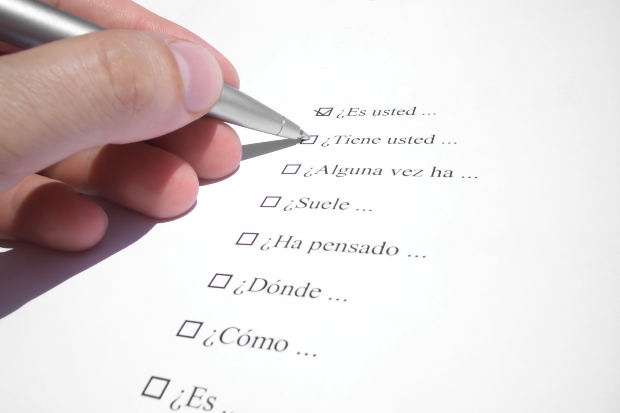Instruction
1
First of all, before to start it, you need to clearly identify the procedure and purpose of the study. That is, the procedure is always preceded by the development of a research program, understanding the goals and objectives, hypotheses and categories of analysis.
Questions should be clear and clearly defined, with observance of language norms. The formulation of these questions necessarily correspond to the cultural level of the Respondent. Total number of questions should be included in the scope of common sense, not to tire the interviewee. The possibility of appreciation in matters offensive to Respondent's implication is expressly excluded.
Based on this, we need a plan for a sociological survey and a questionnaire. It is important to consider the social and demographic characteristics of respondents, otherwise the poll is meaningless. Therefore, the questionnaire should have a part called the passport, which recorded data about the respondents.
Questions should be clear and clearly defined, with observance of language norms. The formulation of these questions necessarily correspond to the cultural level of the Respondent. Total number of questions should be included in the scope of common sense, not to tire the interviewee. The possibility of appreciation in matters offensive to Respondent's implication is expressly excluded.
Based on this, we need a plan for a sociological survey and a questionnaire. It is important to consider the social and demographic characteristics of respondents, otherwise the poll is meaningless. Therefore, the questionnaire should have a part called the passport, which recorded data about the respondents.
2
Further, it should explain all the respondents why you need this event, to reveal to them his purpose.
After all the preliminary procedures are performed, go directly to the survey. As the respondents ' answers are recorded in a special questionnaire, for further work with the received information.
After all the preliminary procedures are performed, go directly to the survey. As the respondents ' answers are recorded in a special questionnaire, for further work with the received information.
3
When the survey is complete, you must process the results of the questionnaire:
1. Count the number of responses to each of the questions.
2. Recorded the results in a table.
3. Analyze the results and draw our conclusions.
In the table opposite need to offer answers to your questions to supply a quantity of their elections.
1. Count the number of responses to each of the questions.
2. Recorded the results in a table.
3. Analyze the results and draw our conclusions.
In the table opposite need to offer answers to your questions to supply a quantity of their elections.
